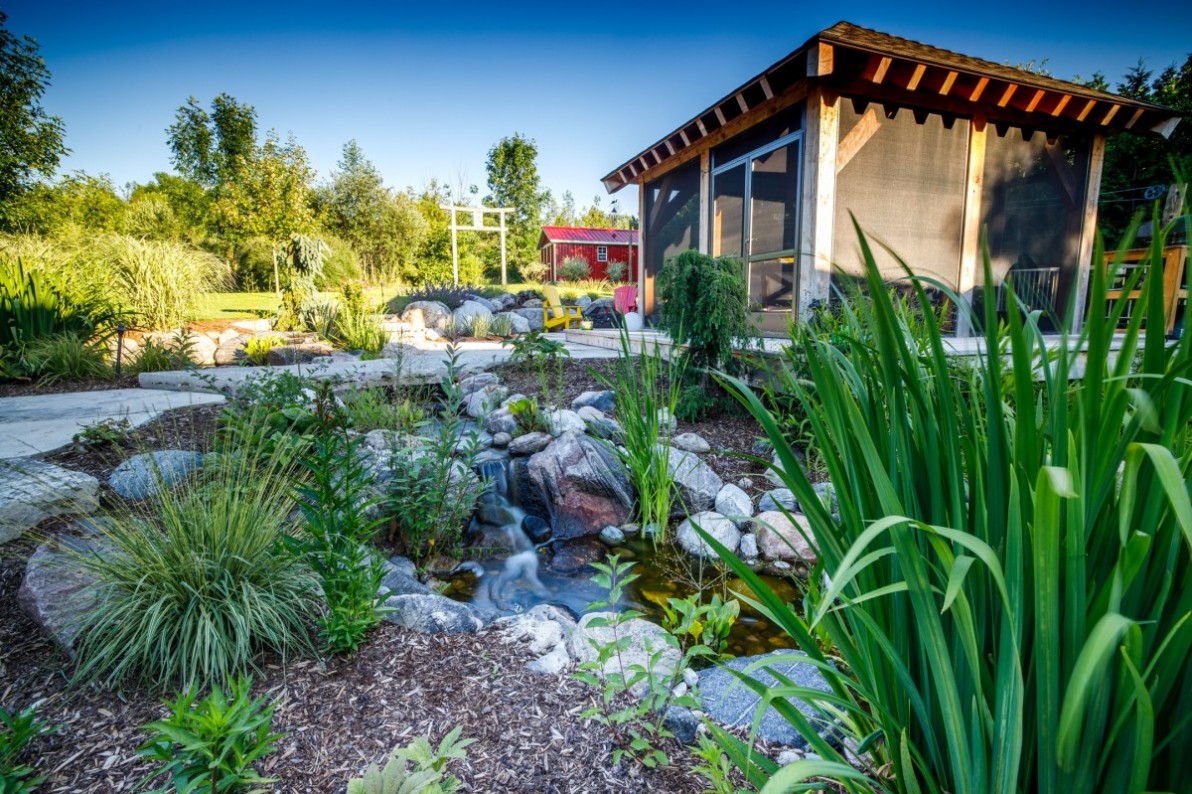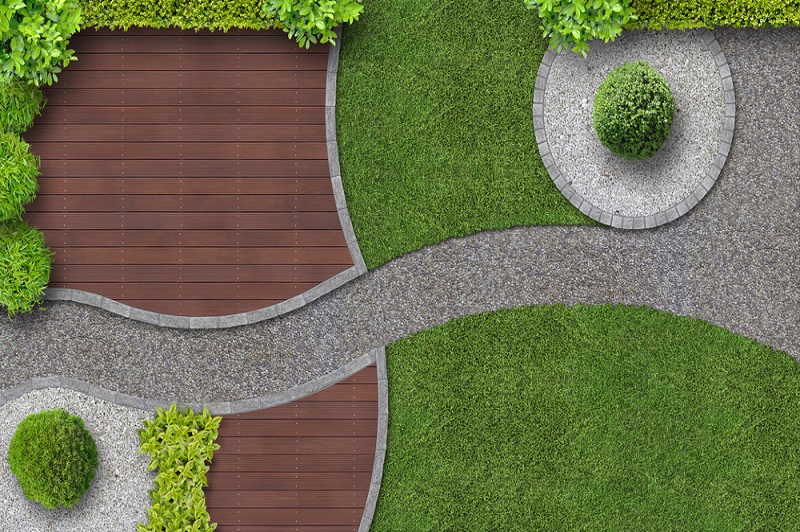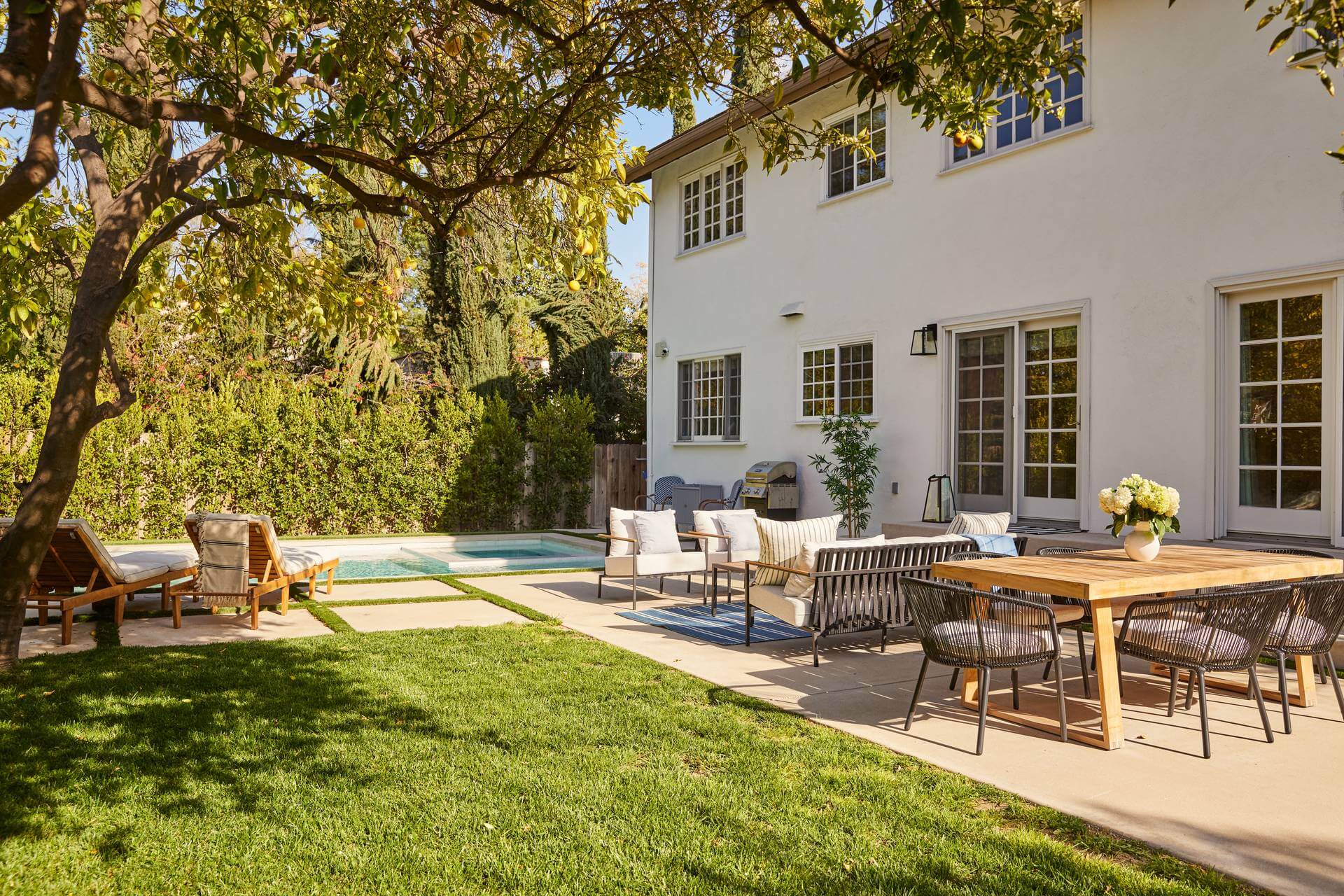7 Simple Techniques For Landscapers
7 Simple Techniques For Landscapers
Blog Article
The Of Landscapers
Table of ContentsSee This Report about LandscapersLandscapers for DummiesThe Best Strategy To Use For LandscapersLittle Known Facts About Landscapers.The smart Trick of Landscapers That Nobody is Talking AboutLandscapers Things To Know Before You Get This
- A garden attribute where water is stood for by an aggregate stone item, normally a gravel or granite.- A rock or flagstone patio area, path, or walkway developed without a concrete base.- A stone preserving or totally free standing wall surface developed without the use of mortar. - An underground structure that collect water and enables it to slow down percolate right into the soil around it.
Landscape design that is compatible with a sites' environment in both appearance and sustainability without adverse influences to the atmosphere. Bordering in the landscape is a line of demarcation that creates visual passion in the yard by separating one section from an additional segment. This can be aesthetic or useful, keeping one element (such as pea gravel) from obtaining mixed into an additional (like bark dirt).
Areas can additionally have a sensation of "unit" offered by trees, various other plantings, fencings, or displays. The landscape near the entrance to a structure. A tree, shrub or creeping plant, trained to grow on a wall surface or fence right into a certain pattern. Especially useful for fruit trees, making it easy to harvest the fruit and including mess.
The Greatest Guide To Landscapers

The element in a landscape style or area in a landscape that is implied to be most famous. The focal point can be a plant, rock, sculpture, gathering space, or other landscape attribute.

Facts About Landscapers Uncovered
Reduced plants that are enabled or motivated to spread out over a location. Can refer to any "hard" garden elements including statuary or boulders yet a lot of frequently is made use of to refer to paths, patio areas, and walls - Landscapers.: Elevation distinction in between the level of water in a pond (or the degree of the pump if it rests outside the fish pond) and the top electrical outlet of water which influences performance of the water pump in gph (gallons per hour).
A chemical used to control weeds. Fence boards that run flat, usually utilized in modern-day or Japanese-inspired landscape styles. Lines that specify rooms within a landscape principle. These frequently expand from corners or crucial attributes of an existing framework. Appropriate use of imaginary lines can assist the landscape feel attached to the home and other components.
An even more loosened up yard dominated by rounded instead of straight bed lines and a less rigid structure. Traditional PNW landscapes are informal. A plant that spreads even more than wanted, or into environments where it does damages. Rose city has a list of invasive plants that ought to not be mounted in landscapes since they can spread to forests or rivers and be hard to control.
How Landscapers can Save You Time, Stress, and Money.
Smart irrigation controller evaluations and suggestions here. 2-D making of the recommended irrigation system. Can include head positionings and coverage, pipeline sizing, GPM specifications, and materials needed to mount this system. An irrigation plan is normally unneeded for property homes but is anonymous common for business projects. Accredited professional that makes landscapes, schooled in engineering and architecture along with in cultivation.
Landscape developers usually have less education than Landscape Architects and are not accredited. A finished landscape design, detailing all aspects for the new landscape.
Calcium material utilized to elevate the pH in dirt, which will make it less congenial to moss (Landscapers). A water tight HDPE material used beneath fish ponds, streams and waterfalls in water attributes. my review here Making use of many growings of the very same range to load in a location in the landscape. This can lower maintenance and water use in the yard.
A layer of garden compost or bark dirt used at the base of a plant. A plant that was existing in a geographical location prior to people started transforming the landscape.
Not known Factual Statements About Landscapers
Just how the garden or a garden element is set up in relationship to an existing or new attribute or to an instructions. Preserving a grass without using chemical herbicides, pesticides, or plant foods. Lawns that are not mowed yet expanded in landscapes as perennials. This is a partly open sided relaxation or leisure area that joins a dwelling, made use of for entertaining, exterior dining and just delighting in the outside environment.

Little round crushed rock. Plants that give seasonal rate of interest and then pass away back in the winter. Annuals do not come back the adhering to period, but perennials do. Winter season yard that is one of the most typical turf lawn in Rose city, OR and the rest of the PNW.An open roofed framework over a patio or other landscape function.
The most common landscape crushed rock in the PNW. Location of the landscape created to handle rainfall water up until read the full info here it can saturate right into the ground.
Developing a yard function being composed largely of stones with plantings that complement and can grow in the rocky atmosphere. Sprinkler head design that turns a stream of water throughout a location.
6 Simple Techniques For Landscapers

Report this page